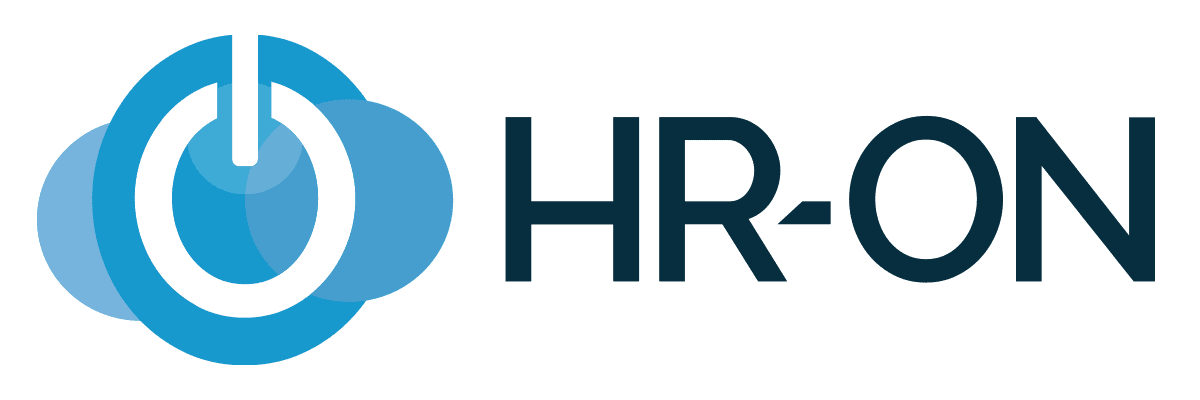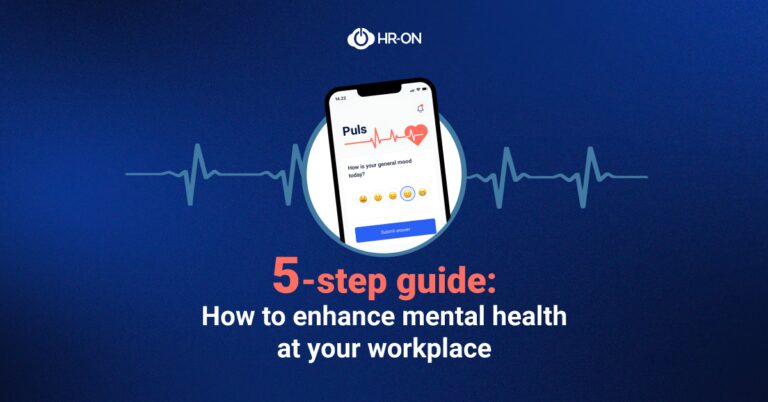5-Step Guide: How to Enhance Mental Health at Work
Our mental well-being is closely connected to our everyday work life. We spend many hours at the workplace and enhancing mental health, among tasks and time with colleagues, is crucial. Come along and get 5 steps to enhance mental health at work.
When encountering challenging periods at work, a common tendency is to seek support and comfort from family and friends, often overlooking the option of approaching our managers. Despite the ongoing discussion and documentation regarding mental health at work, more can be done to improve our work environment, as decent work is good for mental health.
Different approaches can be found when considering how organizations support mental health at work. Mental health contains several topics, so knowing where to begin can be difficult.
However, one place to begin with can be Global Mental Health Day or with pulse surveys. Different pulse survey tools can help organizations work with mental health and create a safe discussion about mental health and how the company can improve itself to create the best and safest work environment for its employees.
But what is a pulse survey? A pulse survey can be tailored to your company’s needs, aiming to continuously check the ‘pulse’ on various matters. For example, you can design a pulse survey with questions for your employees regarding mental health at work. However, how does one effectively follow up on the survey? We provide a 5-step guide to working and addressing mental health in the workplace.
5 Steps to Enhance Mental Health at Work
Enhancing mental health in the workplace requires ongoing work, evaluation, and reflection on the company’s dynamics: Are employees overwhelmed, are they flourishing, and is the work environment healthy? A people pulse survey that engages leaders, employees, and student assistants can serve as a method to assess well-being, but you can also use other tools.
There are indeed many different tools that can be employed. It can range from systems, courses, or something entirely different, which you assess fits best with your company and working methods. One method could be to use a system that can handle pulse surveys.
1) Create a Pulse Survey:
Before sending anything to your employees, consider which questions are good to ask and the pulse survey’s purpose. Then use a tool, such as HR-ON Staff, to create and design how your employees can submit their answers. Perhaps instead of a simple yes or no choice, you can design a scala with emojis that employees can answer with.
For instance, a simple question for your survey could be: “How good has your day been?”
2) Engage Your Employees:
Once you are satisfied with your pulse survey and design, it is time to send it out to your employees. Here, you can use the employee app StaffBuddy. When you set a distribution time, the pulse appears as a notification on your employees’ mobile devices, allowing them to decide when to respond to the pulse survey.
3) Wait for the Results:
When the results from your pulse start coming in, you can begin examining mental health in the workplace. You might obtain a result where most employees fall in the middle of the scale. Utilize the results and identify potential challenges and what can be done.
4) Implement the Results in the Company:
Suppose the results point towards the middle, indicating that employees neither had a bad nor a good day. In that case, you can start considering solutions and areas for improvement to ensure employees have a good day. This could involve introducing a flexible work schedule, time for physical activity, or creating more small spaces for focused work.
5) Send a Follow-up Pulse Survey:
After implementing the changes in the company, conduct a follow-up pulse survey using the same initial question. If the results show that more employees are experiencing good workdays, the initiatives have worked. If not, the pulse survey indicates that further efforts are needed.
You might also like: How to Create Psychological Safety in the Workplace – Without Shaking the Company’s Foundation
Mental Health at Work Affects Us More Than We Might Think
A pulse survey tool and pulse surveys are just small initiatives. Still, it may be the first to address and work with mental health in the workplace, which can ultimately encourage employees to speak with their manager when facing challenges.
Mental health at work affects us more than we might think. There are potential psychosocial risks when our mental health is compromised. Stress, depression, and anxiety due to work conditions impact not only the individual employee but also their colleagues and, ultimately, the company.
To enhance mental health at work, it is essential to prioritize the process, results, and efforts to improve and adjust the organization. It is easier said than done, but StaffBuddy can help you streamline and clarify processes, collect data, and centralize all work, allowing you more time for what matters most: your employees.
FAQ: Mental Health at Work
What is mental health at work?
Mental health at work refers to a state of well-being where employees can effectively manage stress and challenges.
How do you train mental health?
Training your mental health involves cultivating healthy habits such as exercise and mindfulness and establishing strong social connections.
What promotes mental health?
Factors such as a supportive work environment, clear expectations, and work-life balance promote mental health.
Why is mental health at work important?
Mental health at work is crucial for maintaining employee well-being, productivity, and reduces the risk of stress-related issues.



